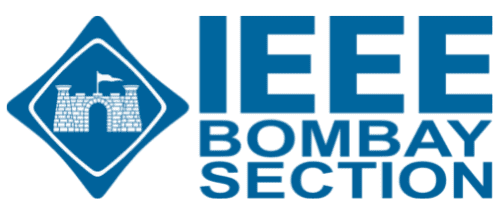Voltage regulation and power flow control techniques have been practiced, from using inductors, capacitors, transformers and load tap changers (LTCs) in the earlier days of electrical engineering to power electronics-based solutions in recent years. Even though the costs and complexities of the available solutions vary widely, the basic underlying theories of voltage regulation and power flow control are still the same as they always have been. The question is which solution one should employ. The answer depends on knowing what the true need is. The voltage control techniques are applicable in electric transmission lines as well as various other applications, such as motor drives, flicker control, harmonic mitigation, and so on. In examining the various solutions for voltage regulation, the presenter discusses how these solutions address both functional needs and cost demands. The power industry’s pressing need for the most economical ways to transfer bulk power along a desired path may be met by building new transmission lines, which is a long and costly process. Alternately, it may be quicker and cheaper to utilize the existing transmission lines more efficiently. The key is to identify the underutilized transmission lines and harness their dormant capacities to increase the power flows to the lines’ thermal limits using the most cost-effective and time-tested solutions.
IIT Indore, Khandwa Road, Simrol, Indore, Madhya Pradesh, India, 453552
